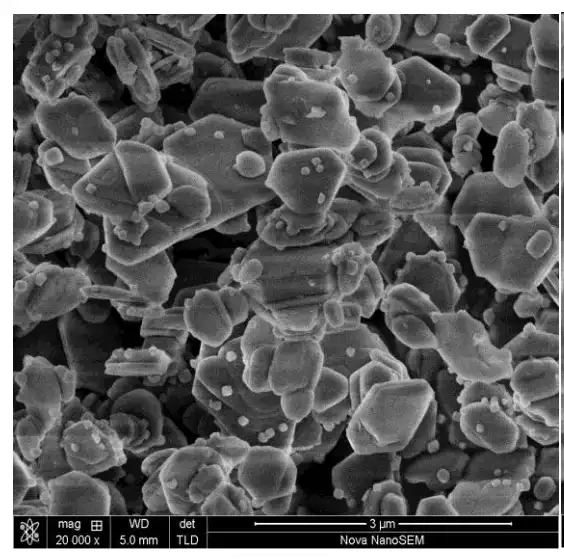Highly dispersed hexagonal flake magnesium hydroxide has good flame retardant, adsorption, catalytic and other properties, and is widely used in industry. At present, there are three main methods for preparing highly dispersed hexagonal flake magnesium hydroxide:
1. Hydrothermal method
The hydrothermal method is currently the most commonly used method for preparing highly dispersed hexagonal flake magnesium hydroxide. This method involves hydrothermal treatment of a magnesium salt solution under high temperature and high pressure, so that the magnesium salt undergoes a hydrolysis reaction to generate magnesium hydroxide. The hydrothermal method has the advantages of simple process, convenient operation, and high output.
The process flow for preparing highly dispersed hexagonal flake magnesium hydroxide by hydrothermal method is as follows:
Prepare magnesium salt solution. Magnesium salt solutions such as magnesium nitrate, magnesium sulfate, and magnesium chloride are usually used.
Add hydrothermal reagent. Commonly used hydrothermal reactants include ammonia, urea, sodium bicarbonate, etc.
The solution was placed in an autoclave for hydrothermal treatment. The hydrothermal temperature is generally 150-200°C, and the hydrothermal time is generally 3-6 hours.
After the hydrothermal treatment is completed, take out the autoclave and cool to normal temperature.
The precipitate is subjected to post-processing steps such as centrifugation, washing, and drying to obtain highly dispersed hexagonal flake magnesium hydroxide.
2. Sol-gel method
The sol-gel method is a method for preparing highly dispersed hexagonal plate-shaped magnesium hydroxide through the sol-gel process. In this method, the magnesium salt solution and the hydrothermal reactant are sol-formed and gelled under certain conditions, and then calcined to obtain magnesium hydroxide. The sol-gel method has the advantages of good dispersion and uniform particle size.
The process flow for preparing highly dispersed hexagonal flake magnesium hydroxide by sol-gel method is as follows:
Prepare magnesium salt solution.
Add hydrothermal reagent.
Place the solution into a constant temperature water bath to solize. The solization temperature is generally 80-100°C, and the solification time is generally 2-4 h.
Cool the sol to 50-60°C.
Add gelling agent. Commonly used gel agents include polyvinylpyrrolidone (PVP), polyethylene glycol (PEG), etc.
Place the solution in a constant temperature water bath to gel. The gelation temperature is generally 50-60°C, and the gelation time is generally 2-4 h.
The gel is calcined to obtain magnesium hydroxide. The calcination temperature is generally 500-600°C, and the calcination time is generally 2-4 h.
3. Spray drying method
The spray drying method is a method for preparing highly dispersed hexagonal flake magnesium hydroxide through a spray drying process. The method is to spray magnesium hydroxide solution or suspension into a drying tower and quickly dry it in a high-temperature air flow to obtain highly dispersed hexagonal flake magnesium hydroxide. The spray drying method has the advantages of high production efficiency and good product dispersion.
The process flow for preparing highly dispersed hexagonal flake magnesium hydroxide by spray drying is as follows:
Prepare a magnesium hydroxide solution or suspension.
The solution or suspension is delivered to a spray drying tower.
In a spray drying tower, a solution or suspension is rapidly dried in a high-temperature gas stream.
The dried magnesium hydroxide powder is collected.
The above three methods can all prepare highly dispersed hexagonal flake magnesium hydroxide, but each has its own advantages and disadvantages. The hydrothermal method is simple in process and easy to operate, but the product dispersion is not as good as the sol-gel method and spray drying method. The sol-gel method has good dispersion, but the process is complicated and the production cost is high. The spray drying method has high production efficiency and good product dispersion, but the equipment investment is relatively large.

